Fresh carrots and celery are the most-used vegetables in my kitchen, but they can be tricky to keep fresh for a long time without proper storage. These simple tricks will keep them fresh and crispy with the best flavor for weeks! Here’s how to store carrots and celery (both cut and whole).
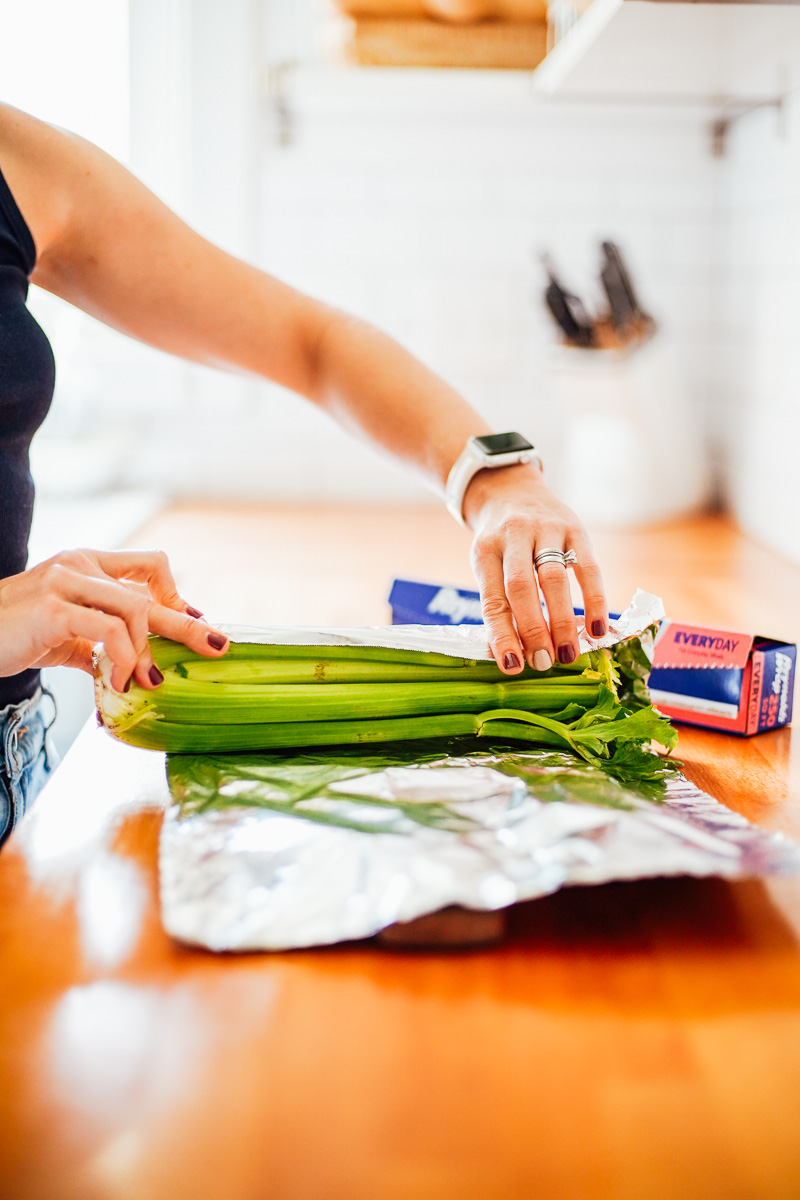

Why Do Carrots and Celery Go Limp?
- Loss of Moisture: Carrots and celery go limp when exposed to the dry fridge air for an extended period of time. The dry air of the fridge causes the carrots and celery to experience moisture loss. Just storing these veggies in the crisper drawer isn’t enough.
- Cold Storage Methods Work Best: Cold storage methods that allow the veggies to retain moisture are the best way to store the veggies in the fridge. These methods work no matter where you buy your produce: the grocery store or farmers market, or even if grow your own veggies.
- Don’t Toss Limp Veggies: Limp celery and carrots can still be used for cooking, like making broth, soup, or stir-fry.
Here’s everything you need to know about storing carrots and celery the right way to get the best results and avoid food waste and save money.

How to Store Cut Carrots and Celery (Video & Steps)

Tips to Remember
- Cut celery and carrots store best in a container of water.
- No need to wash the carrots or celery before storing.
- This easy method is a great way to prep the celery and carrots so the veggies are ready for snacking. I also love making a side of ranch dressing/dip.
- Step 1: Cut carrots and/or celery into sticks: If the whole carrots have carrot greens/tops attached, cut the tops from the carrots to remove them from the carrot root. The green tops may be used to make pesto (use 1/2 basil, 1/2 carrot tops) or discard. Also remove any celery leaves. Cut the carrots and/or celery ribs into the desired sizes: carrot slices, sticks, coins, etc. The veggies need to fit inside your container of choice.
- Step 2: Add carrots and/or celery to jars: Add the carrots and/or celery to mason jars or storage jars (anything works). I’ve found that wide-mouth mason jars work well for “sticks” since the pieces stand up in the jars.
- Step 3: Fill the jar(s) with cold water and cover the carrots and/or celery in a water bath. Secure the lid(s) on the container(s).
- Step 4: Store the carrots and/or celery in the fridge: Store the jars in the fridge for up to 2 weeks. Discard and replenish the water in the jars every few days.
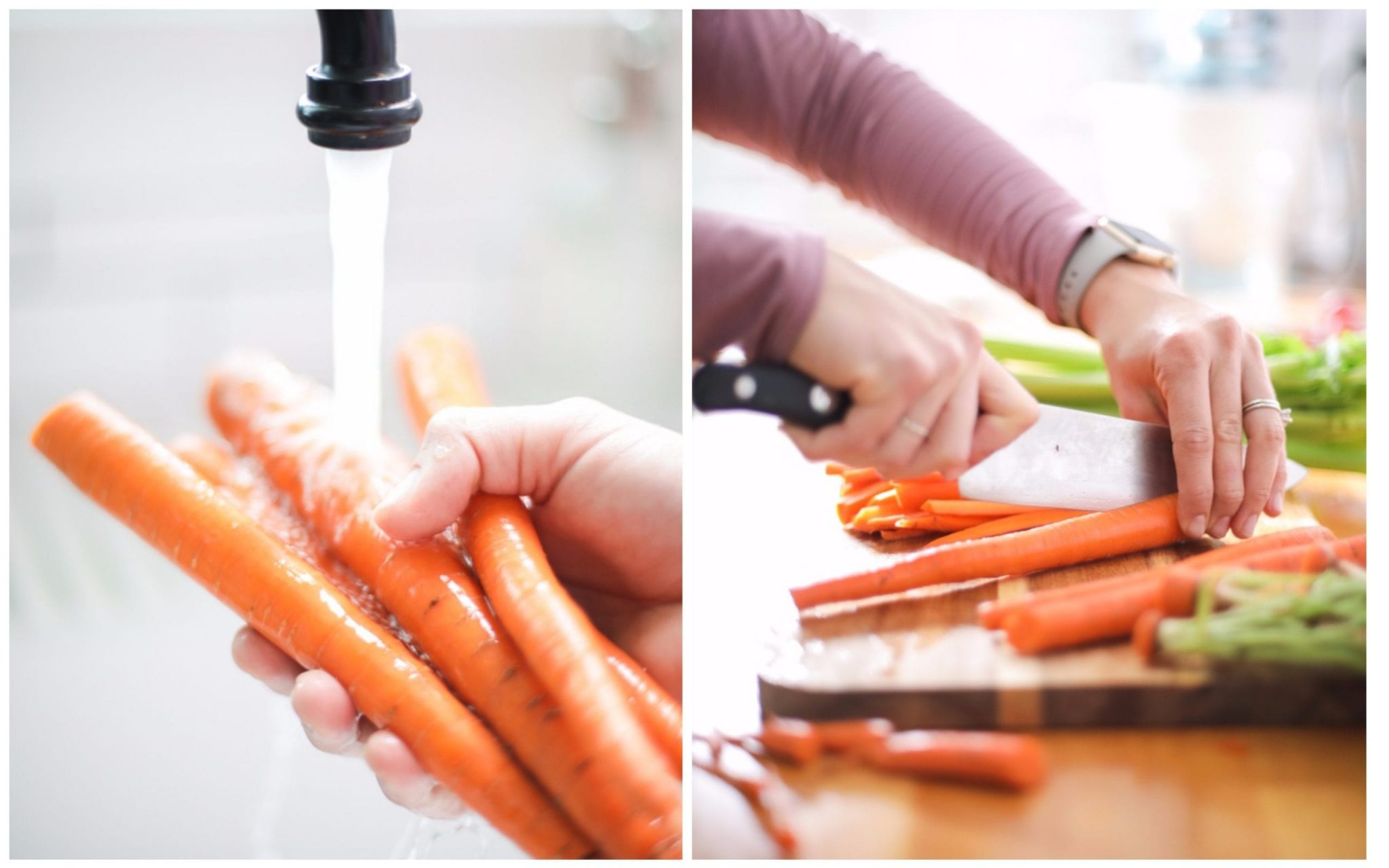
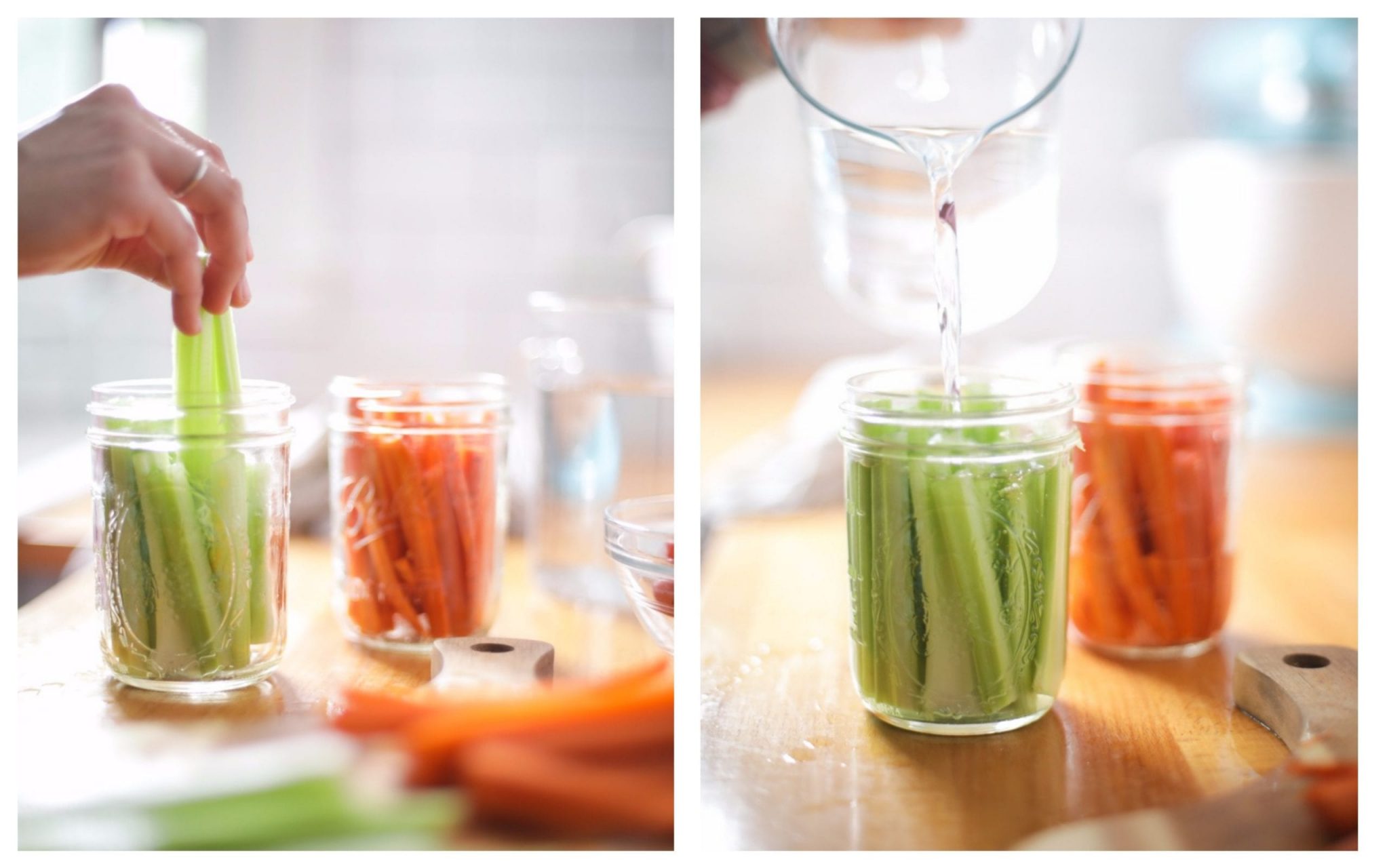
How to Store Baby Carrots & Keep Them Crunchy
Baby carrots are notorious for drying out. To keep the carrots crunchy and moist, here’s how to store them for a few weeks…

Baby Carrot Storage
- Place the baby carrots in a large storage container.
- Pour water over the carrots, so the carrots are fully submerged.
- Add a lid or skip the lid (your choice).
- Place the container in the fridge and store the carrots for several weeks. Discard and replenish the water every few days to keep everything fresh and avoid bacterial growth.
How to Store Whole Unpeeled Carrots
There are various methods, from the moist sand method to using a root cellar (a basement space, which is great for long term food storage).
But my preferred method is to use the plastic bag method. Using this method, carrots will last several months in the fridge. Yes, a short period of time, but unless you have a huge bushel of carrots and need long-term storage, this method works great.

Unpeeled Whole Carrot Storage
- Place the (unwashed) carrots, with the tops removed from the root vegetable, in a large plastic bag (like a gallon-size freezer bag).
- Seal the bag.
- Store the airtight bag in coolest part of the fridge (usually the back of the fridge).
- This will keep the carrots fresh for weeks, and even months at a time.
Helpful Tips
- No need to wash the carrots before storing.
- Don’t peel the carrots before storing.
- Some people like to wrap all the carrots in a paper towel before placing in the bag to capture the moisture that can build up over time (or just line the bag with a paper towel). I haven’t found this necessary, but you’re welcome to do so if you find moisture builds up on the bag over time causing rot on the carrots.

How to Store Whole Peeled Carrots
Since peeled carrots no longer have a protective peel (which keeps them from drying out), here’s the best way to store them…
PS: This also works for storing unpeeled carrots, if you don’t want to use the bag method above.

Peeled Whole Carrot Storage
- Place the whole, peeled carrots in a large container.
- Pour water into the container. The carrots should be mostly submerged in the water. There’s no need to add a lid.
- Place the carrots in the fridge.
- Change the water every few days for freshness.

How to Store Whole Celery
The easy way to store whole celery is to…

Whole Celery Storage
- Wrap the celery, with the root still attached, in foil. No need to wash the celery first.
- Place the wrapped celery stalk in the crisper drawer of the fridge.
- As you need celery ribs, remove the foil, peel or cut off as many ribs as needed, then return the celery to the foil wrap.
- Celery will last for about a month (or longer) when stored this way.
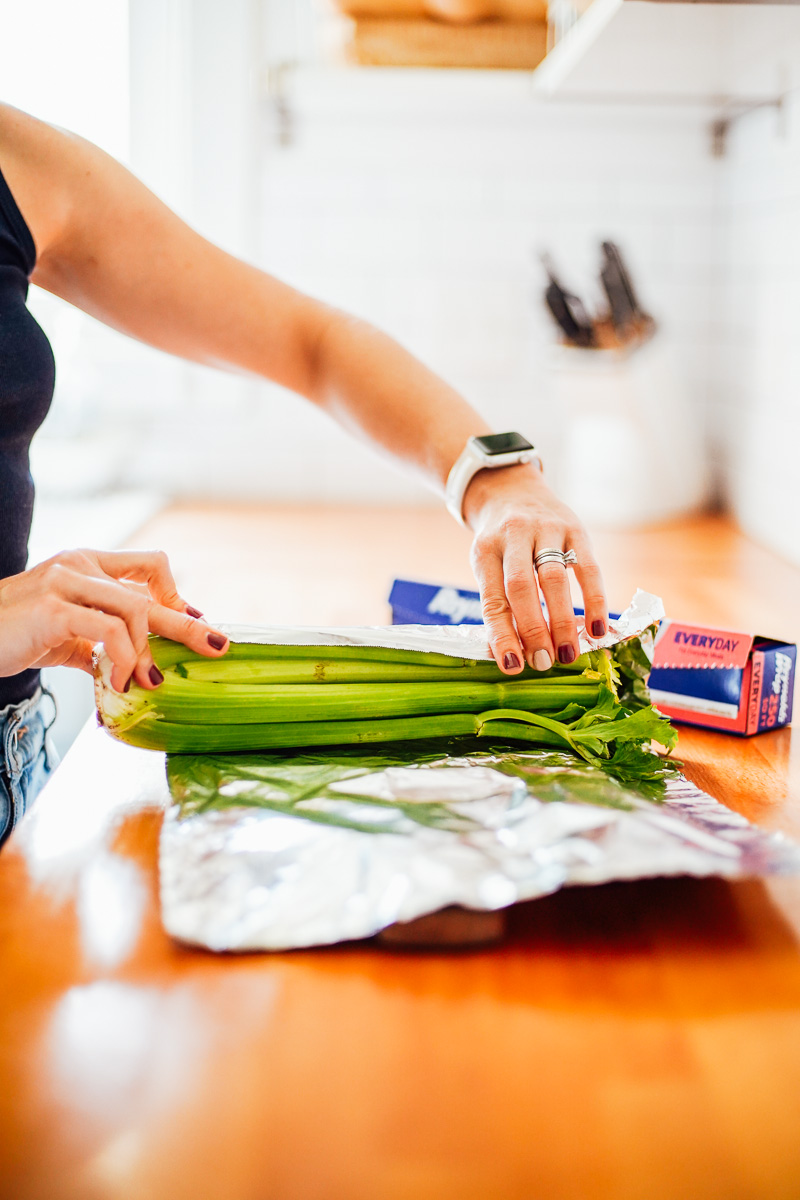

How to Use Carrots
There are so many different ways to use carrots. From a side dish to a snack. Here are a few of my favorite ways…
- A salad: Chop, dice, or peel into ribbons using a veggie peeler. Add to a leafy green salad.
- Snack: Serve with hummus or ranch dressing/dip (this is one of my kids’ favorite snacks or lunchbox sides).
- Fermented Carrots: One of my favorite snacks and so good for your gut!
- Roast Them: Roast up the carrots on their own or with green beans for a side dish.
- Slaw: Add shredded carrots to a slaw for tacos.
- Soup Base: Make a mirepoix; a combo of chopped celery, carrots, and onion-the base of any good soup!
- Carrot Muffins: Add shredded carrots to muffins. I love these gluten-free carrot muffins or einkorn muffins.
- Cake Carrot: I love this einkorn carrot cake.
- Stock/Broth: If your carrots are limp, or you just want to make something delicious with crisp carrots, make veggie broth or chicken broth for soups.
How to Use Celery
Celery also has many different uses. Here are a few of my favorites:
- A salad: Chop or dice celery ribs for a salad. You can also add the leafy greens.
- Snack: Serve with hummus or ranch dressing/dip.
- Soup Base: Make a mirepoix; a combo of chopped celery, carrots, and onion-the base of any good soup.
- Stock/Broth: Use the ribs to make a veggie broth or chicken broth for soups.
- Celery Soup: A delicious soup to serve alongside a sandwich or quesadilla.
Produce Storage Tricks
- How to Store Bell Peppers
- How to Store Asparagus
- How Long Does Cilantro Last? And Ways to Keep it Fresh
- How to Store Fresh Herbs
- How to Store Green Onions
- How to Keep Strawberries Fresh
- How to Store Radishes
- How to Keep Cut Carrots & Celery Fresh for Weeks
- How to Store Lettuce, Kale, and Other Leafy Greens

FAQs
Yes, you can! But to preserve the nutrients when frozen, first cut the carrots, then blanch in boiling water for 2 minutes, then immeadiately submerge in a bowl of ice cold water. This will immeadiately stop the cooking, keeping the carrots crisp. Once cool, remove the carrots, dry off, then place on a sheet pan and freeze on a single layer (add parchment paper to the sheet pan first to keep carrots from sticking to the pan). Remove the carrots, once frozen, and add to a freezer bag. Freeze for up to 12 months. Here’s how to freeze carrots. Frozen carrots are best used for cooking; not eating raw.
You don’t need to blanch celery, like carrots, but you can if you want to preserve the flavor. If you choose to blanch the celery before freezing, follow the same instructions as the carrots. If not, arrange the cut (raw) celery on a sheet pan (line the sheet pan with parchment paper first), then freeze in a single layer. Once frozen, add the celery to a freezer bag and store in the freezer for up to 18 months! Here’s how to freeze celery. Frozen celery is best used for cooking; not eating raw.
Store cooked carrots just like any leftover. Place the carrots in an airtight container, then store in the fridge for up to 5 days. Reheat in the microwave or add to a saucepan with a bit of water on the stove-top.

Take a Peek Inside My Fridge: Take a tour of my fridge and see all my storage hacks for saving money and keeping produce fresh.
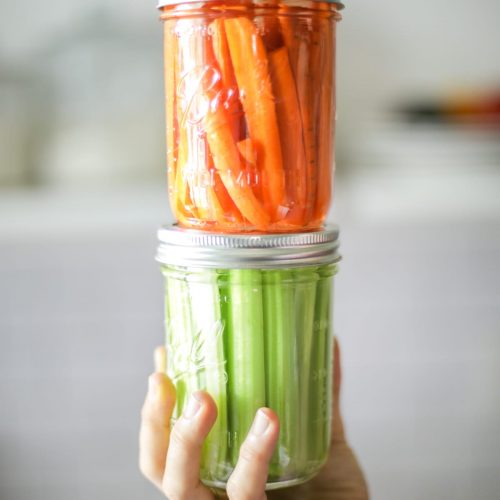
How to Fresh Store Carrots & Celery (Cut & Whole)
Ingredients
Cut Celery or Carrots Storage
- 1 quart-size mason jar or storage container of choice
- water
- carrots
- celery
Whole Unpeeled Carrots Storage
- 1 gallon-size storage bag
- unpeeled carrots this method does not work with peeled carrots
Whole Peeled Carrots Storage
- 1 large storage container
- water
- peeled carrots (this method also works with unpeeled carrots if you prefer not to use a bag)
Whole Celery Storage
- 1 piece foil
- 1 celery stalk (whole celery)
Instructions
For Cut Carrots and Celery
- Cut the carrots and/or celery ribs into the desired sizes: sticks, coins, etc. I recommend storing the carrots in one jar and celery in another jar.
- Add the carrots and/or celery to mason jars or storage jars. I’ve found that wide-mouth mason jars work well for “sticks” since the pieces can stand up in the jars.
- Fill the jars with water. Secure the lids on the jars.
- Store the jars in the fridge for up to 2 weeks (or longer). Change the water every few days to keep things fresh.
For Whole Unpeeled Carrots:
- Place the (unwashed) carrots, with the tops removed, in a large plastic bag (like a gallon-size freezer bag).
- Seal the bag.
- Store the airtight bag in coolest part of the fridge (usually the back of the fridge). This will keep the carrots fresh for weeks, and even months at a time.
For Whole Peeled Carrots:
- Place the whole, peeled carrots in a large container. (This method also works for unpeeled whole carrots if you prefer not to use the bag method.)
- Pour water into the container. The carrots should be mostly submerged in the water. There's no need to add a lid.
- Place the carrots in the fridge. Change the water every few days for freshness.
For Whole Celery:
- Wrap the celery stalk, with the root still attached, in foil. No need to wash the celery first.
- Place the wrapped celery in the crisper drawer of the fridge.
- As you need celery ribs, remove the foil, peel or cut off as many ribs as needed, then return the celery stalk to the foil wrap. Celery will last for about a month (or longer) when stored this way.
Video
Notes
The post How to Fresh Store Carrots & Celery (Cut & Whole) appeared first on Live Simply.



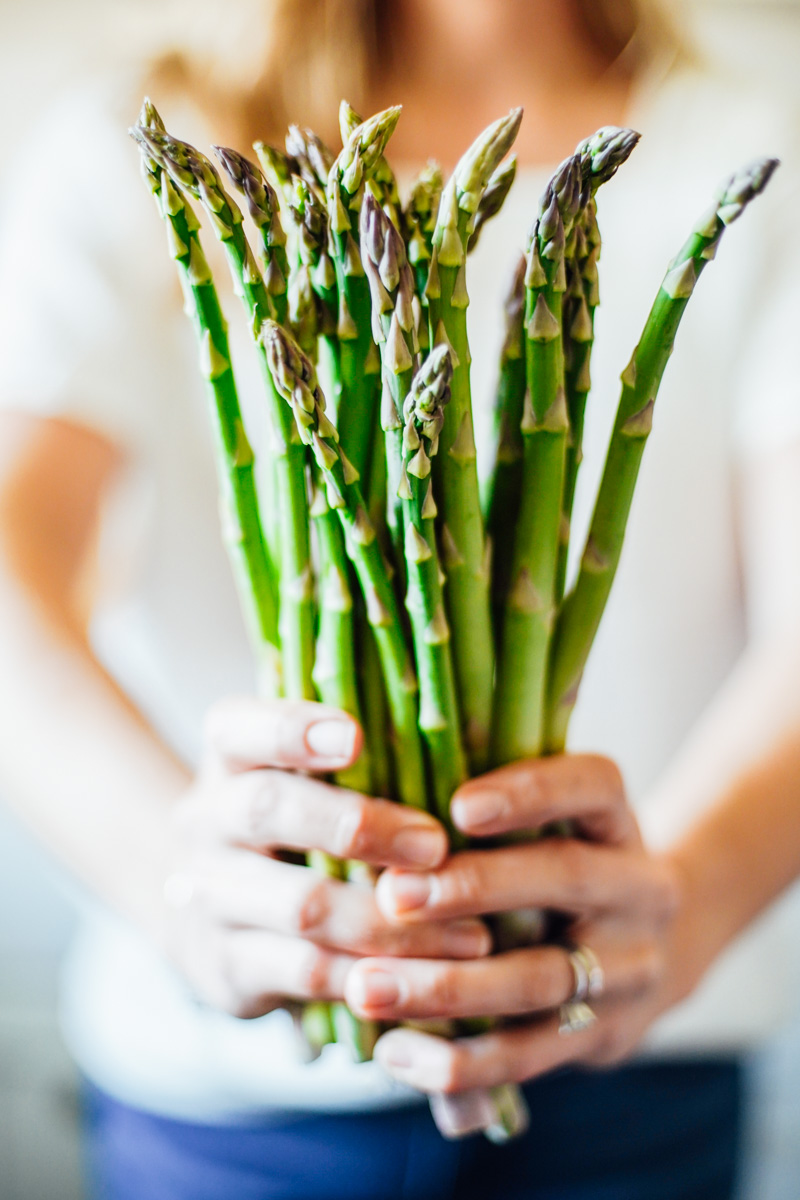
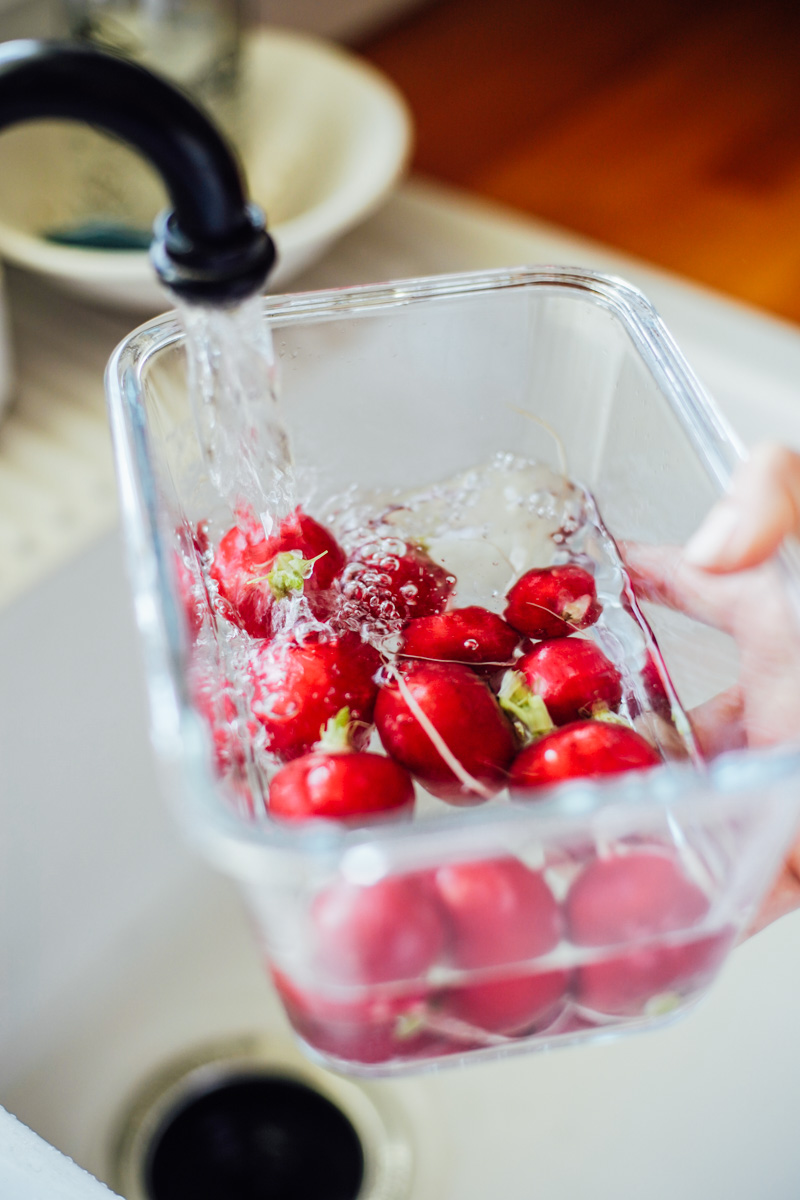
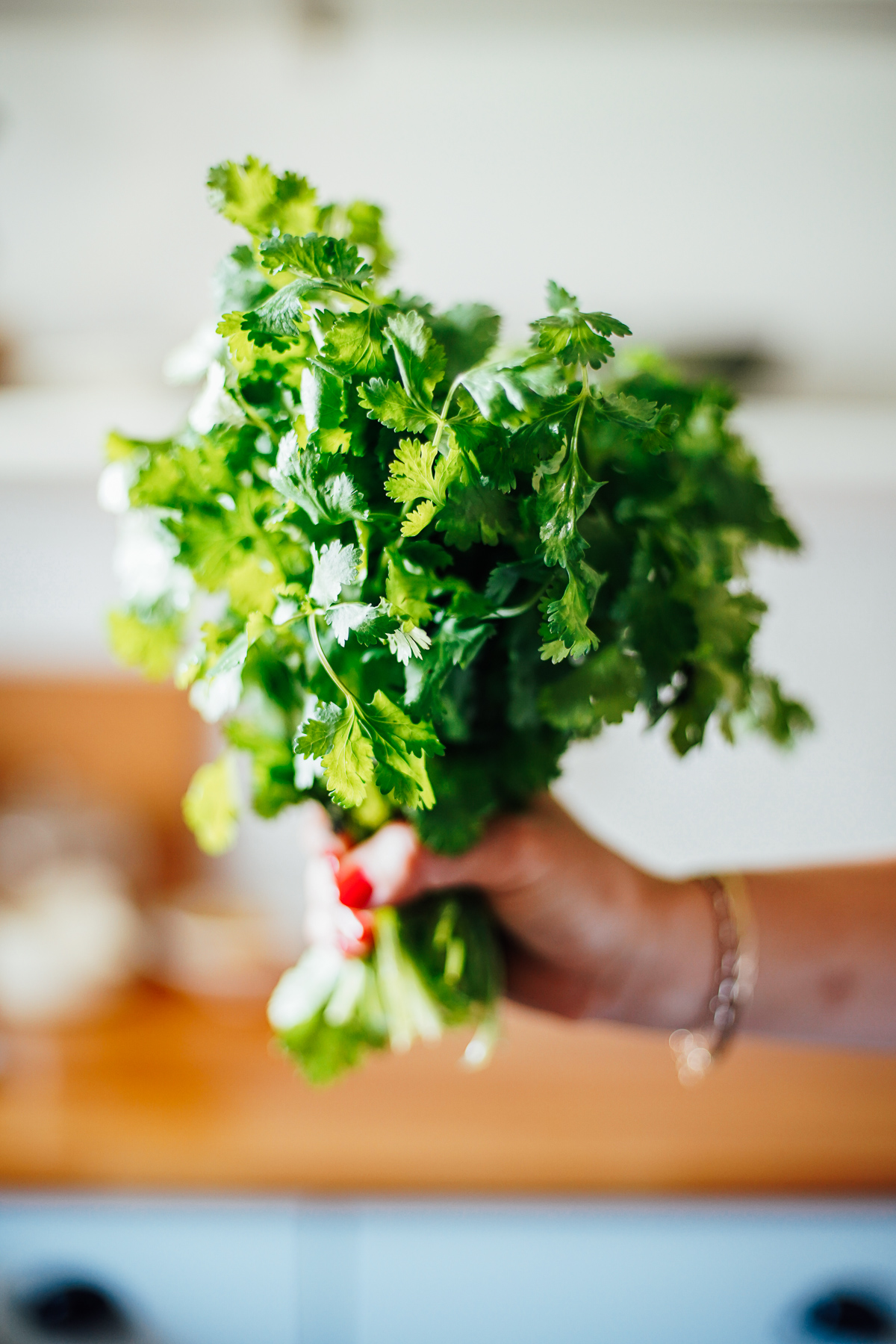
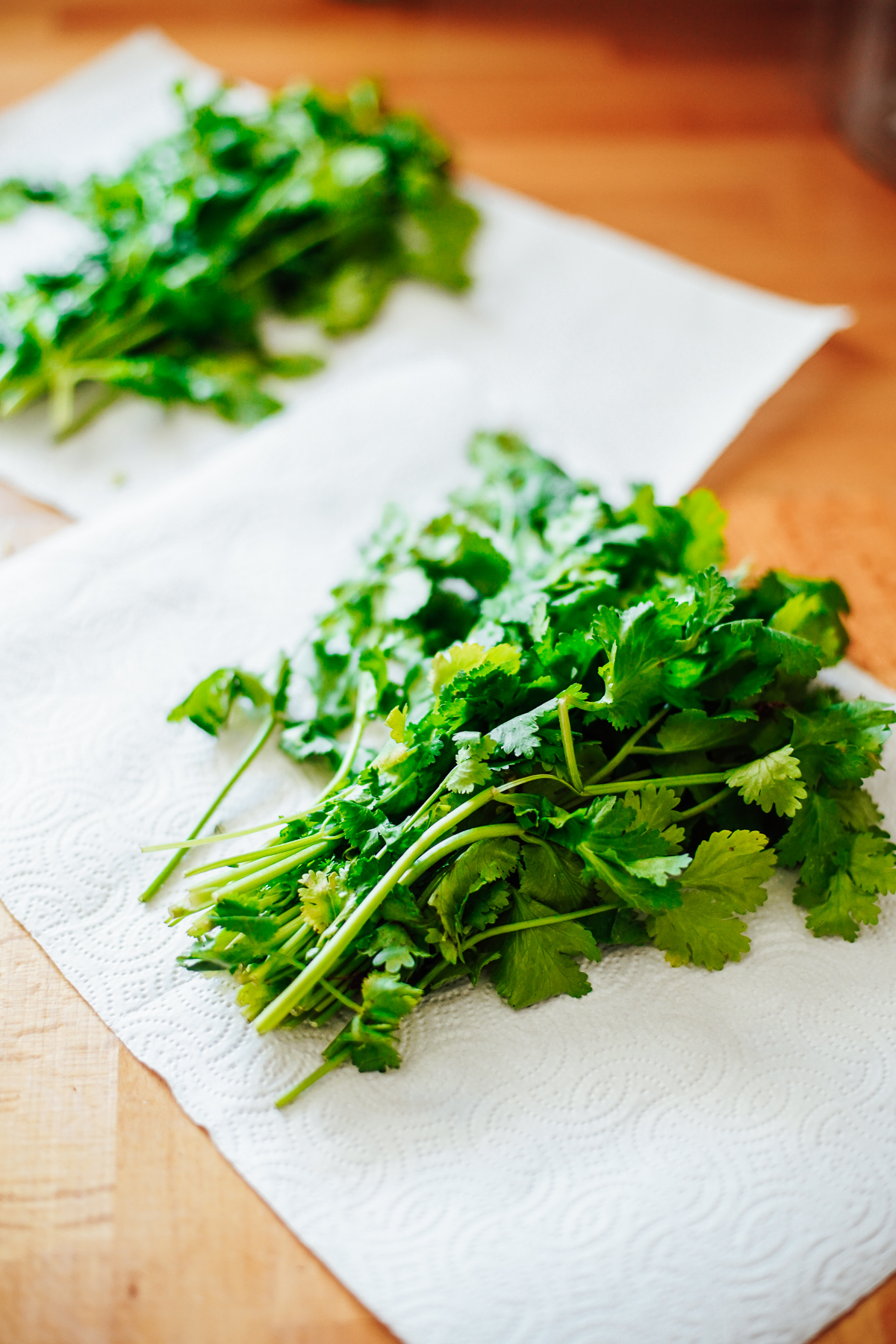
Leave a comment